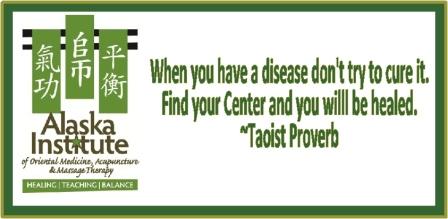Aging is a natural process, but in our
culture it is treated as a disease. Medicines are prescribed and marketed as
anti-aging and it is dreaded among younger generations. Things like graying or
thinning hair, weakening of bones, memory loss, and sexual dysfunction are
included in the symptoms of this form of pathology. Many other diseases are thought
to coincide with aging such as Cancer, Alzheimer’s, and Osteoporosis. Western Medicine and Traditional Chinese
Medicine (TCM) treat aging differently but both agree that the symptoms can be
postponed.
In Western medicine aging is
controversial. It is not recognized as a disease but in many cases treated as
one, with the increase of average life expectancy being a win for modern
medicine. Some indications are attributed to the aging process rather than the
result of poor health habits. As with many diseases western medicine tries to
treat the symptoms rather than the underlying cause of the symptoms. Prescribing
hormone replacement treatments, high blood pressure medications, and eye
surgeries, not to mention the cosmetic surgeries to make elders look younger.
They see aging as the risk factor for certain health concerns
Traditional Chinese medicine views aging
as a disharmony between Qi and Xue. Most symptoms point to a deficiency in
Kidney Jing, or essence. People are born with this Essence and it is nurtured
through life by having a healthy lifestyle, such as getting enough sleep,
eating right, exercising, etc. Unhealthy lifestyles, such as ones with a lot of
emotional or spiritual distress deplete this essence causing the symptoms of
aging. The disharmony of the Qi and Xue weakens the body and allows it to be
susceptible to disease.
BENEFITS OF MASSAGE FOR AGE RELATED SYMPTOMS
Massage in general can help relieve aging symptoms or even help postpone the aging process. Massage can help relieve stress, depression and other mental ailments by releasing endorphins, releasing aches and pains, and protecting the Kidney Jing. It helps improve circulation, which can help remove toxins, and move fluids to and from parts of the body that may need nourishment. Massage can help tighten the skin and improve posture by loosening tight muscles, keeping a person looking youthful. There is also a specific type of massage for the elderly called geriatric massage. A geriatric massage session usually lasts no longer than 30 minutes because the client may be more fragile or sensitive. The massage is light and uses gentle hand motions as well as passive stretching which can help enhance blood circulation, combat depression, improve balance and flexibility, reduce the pain of arthritis, increase joint mobility/prevent stiffness, improve posture, and encourage overall well being.
Massage in general can help relieve aging symptoms or even help postpone the aging process. Massage can help relieve stress, depression and other mental ailments by releasing endorphins, releasing aches and pains, and protecting the Kidney Jing. It helps improve circulation, which can help remove toxins, and move fluids to and from parts of the body that may need nourishment. Massage can help tighten the skin and improve posture by loosening tight muscles, keeping a person looking youthful. There is also a specific type of massage for the elderly called geriatric massage. A geriatric massage session usually lasts no longer than 30 minutes because the client may be more fragile or sensitive. The massage is light and uses gentle hand motions as well as passive stretching which can help enhance blood circulation, combat depression, improve balance and flexibility, reduce the pain of arthritis, increase joint mobility/prevent stiffness, improve posture, and encourage overall well being.
Both Western and Eastern medicine recognize that aging is inevitable but also that life can be extended by using techniques to prevent age related diseases and afflictions. The views on what causes aging and how to have a healthier happier life are, however, different. Western medicine tries to find the best new technology to remove symptoms of aging as they appear and points to aging itself as the cause of age related pathology. Eastern medicine sees aging as a process of depletion throughout a person’s life and if you want a long healthy life you must take care of yourself along the entirety of your life span.
Resources:
Resources:






